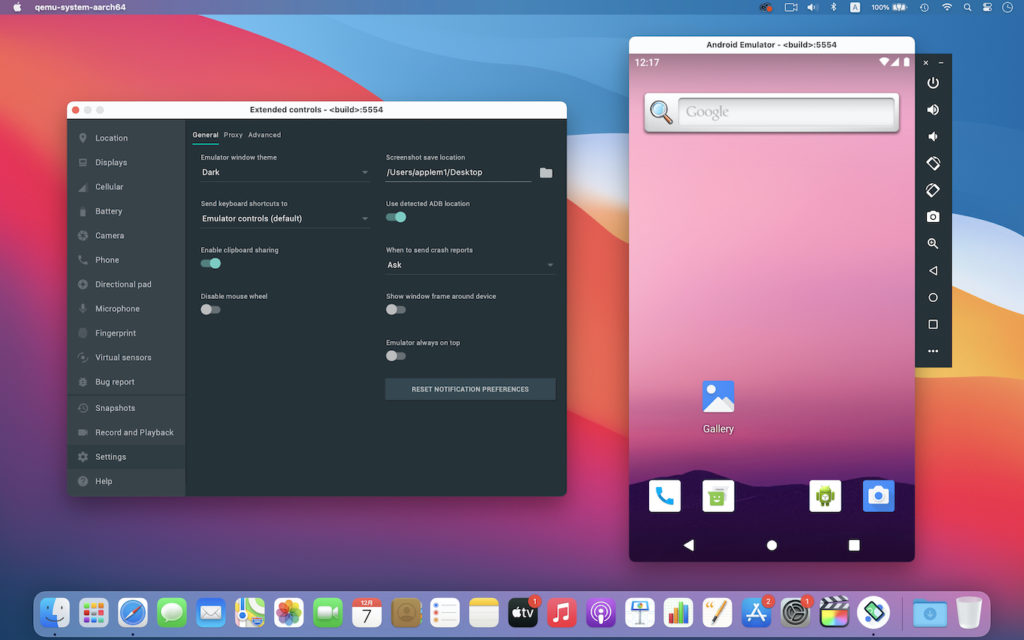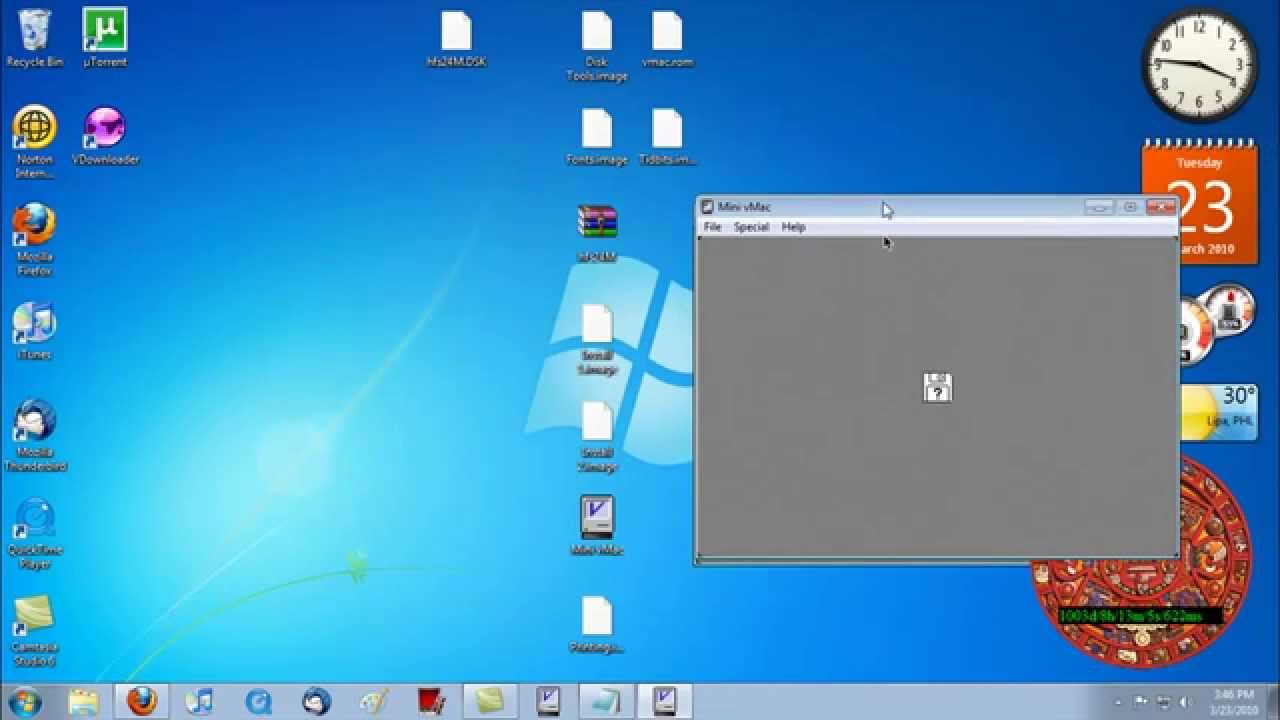
It is sure that we cannot deny contributions of Electronic Devices Group as a parent of the personal computer.

The vice president of NEC, Atsuyoshi Ōuchi ( 大内 淳義), stated: The Electronic Device Sales Division launched the PC-8001 in 1979, and it dominated 40% of the Japanese personal computer market in 1981. The division only had a small distribution network of electronic parts stores, so they asked New Nippon Electric to sell the personal computers through their consumer distribution network. Goto and his section manager, Kazuya Watanabe ( 渡邊 和也), decided to develop a personal computer despite criticism from the Information Processing Group. Tomio Gotō ( 後藤 富雄), a developer of the TK-80, observed the rise in popularity of personal computers at the 1977 West Coast Computer Faire in San Francisco. However, the Electronic Device Sales Division developed the microprocessor evaluation kit TK-80, which became unexpectedly popular among hobbyists. NEC's Information Processing Group, which developed mainframes and minicomputers, had not developed a personal computer because they assumed microprocessors were not suitable for computing as they suffered from a lack of performance and reliability. NEC did not have a presence in the consumer market, and its subsidiary, New Nippon Electric (later NEC Home Electronics), had limited success with consumer products. By 1976, the company had the 4th highest mainframe sales (10.4%) in Japan after IBM (29.6%), Fujitsu (20.1%) and Hitachi (15.8%). NEC developed mainframes since the 1950s.
#PC 98 EMULATOR FOR MAC PC#
In 1997, NEC abandoned compatibility with the PC-98 and released the PC98-NX series based on the PC System Design Guide.
#PC 98 EMULATOR FOR MAC WINDOWS#
Due to the popularity of Windows 95, the demand for the PC-98 on which legacy applications depend had declined. The PC-98 adopted non-proprietary parts developed for IBM clones to reduce manufacturing costs.
#PC 98 EMULATOR FOR MAC SOFTWARE#
However, spreading Windows, software developers no longer had to dedicate to the specific platform, and the PC-98 was regarded as one of the Windows-based machines like other IBM clones. The PC-98 is a non-IBM compatible x86-based computer, thus it can run a localized version of MS-DOS and Microsoft Windows. The DOS/V operating system enabled IBM clones to display Japanese text by using a software font only, giving a chance for global PC manufacturers to enter the Japanese PC market. īy 1990, average CPUs and graphics capabilities were sufficiently improved. Global PC manufacturers, with the exception of Apple, had failed to overcome the language barrier, and the Japanese PC market was isolated from the global market.

In addition, Japanese computer manufacturers marketed personal computers that were based on each proprietary architecture for the domestic market. IBM clones lacked graphics capabilities to handle complex Japanese writing systems. NEC succeeded in attracting third-party suppliers and a wide range of users, and the PC-98 dominated the Japanese PC market with more than 60% by 1991. The range of the series has expanded, and in the 1990s it was used in a variety of industry fields including education and hobbies. The PC-98 was initially released as a business-oriented personal computer which had backward compatibility with the successful PC-8800 series. The platform established NEC's dominance in the Japanese personal computer market, and, by 1999, more than 18 million units had been sold. The PC-9800 series ( Japanese: PC-9800シリーズ, Hepburn: Pī Shī Kyūsen Happyaku Shirīzu), commonly shortened to PC-98 or 98 ( キューハチ, Kyū-hachi), is a lineup of Japanese 16-bit and 32-bit personal computers manufactured by NEC from 1982 to 2000.


 0 kommentar(er)
0 kommentar(er)
